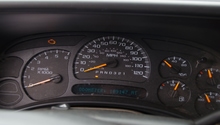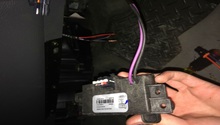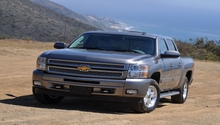Chevrolet Silverado: Why is Cruise Control Not Working?
Cruise control is a sophisticated electronic system that is able to hold/accelerate and decelerate the vehicle by the push of a button. The system uses sensors and modules to communicate vehicle speed and driver inputs at a very fast rate. A failure in one of these systems can lead to total loss of cruise control operation.
This article applies to the Chevrolet Silverado 1500 (1999-present).
The cruise control system consists of modules, switches and the vehicle speed sensor. To set the cruise at the desired speed, a driver pushes an input on the cruise control switch. This action signals the cruise control module (or powertrain control module) to monitor the speed sensor and actuate the throttle as necessary. To turn cruise control off, the driver can either select "off" on the switch or close the stoplamp switch on the brake pedal assembly.
Like any electronic system on a vehicle, the cruise control system is susceptible to component and wiring failures. Software updates may also be needed to change voltage levels and values that determine settings such as acceleration rate and power consumed.

Materials Needed
- Screwdriver set
- Socket set
- Digital multi-meter
- Scan tool with data monitoring
Step 1 – Check the fuses
Open the fuse boxes and read the cover for fuse locations associated with cruise control. Fuses break due to age, but a blown fuse may also indicate a short in the wiring.

Step 2 – Check the stoplamp switch
This switch is located on the brake pedal assembly and allows current to flow to the cruise control module to signal cruise deactivation.
To test the switch, use a digital multi-meter set to ohms and read the resistance between terminals "A" and "B." Resistance should be less than or at 0.3 ohms.
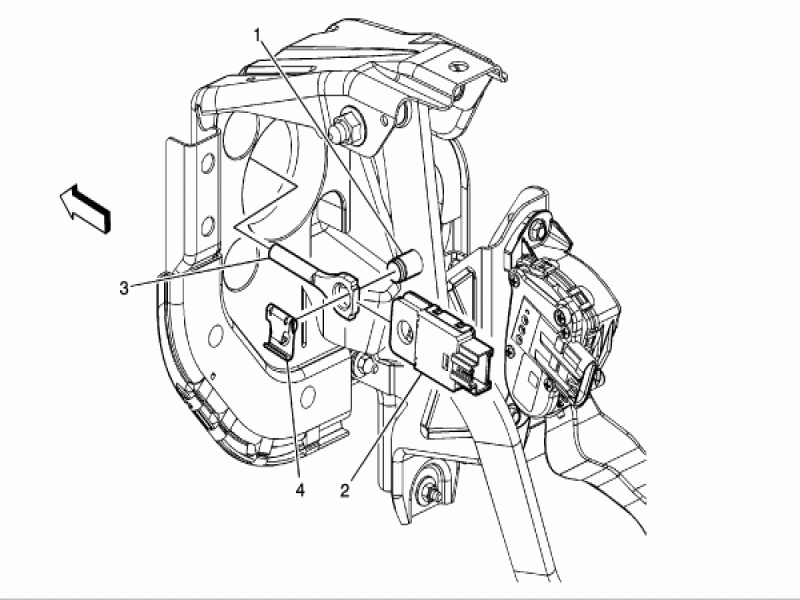
Step 3 – Check the cruise control on/off switch
This switch can be found on the steering wheel, although some switches can be found on the dashboard. If only one setting on your cruise control does not work, chances are high that the switch is the problem.
Test the switch the same way the brake switch is tested. You will have to remove some dashboard trim pieces to reach the switch and its connectors. Each terminal on the switch should have a low resistance (less than 0.3 ohms) reading between its paired terminal.
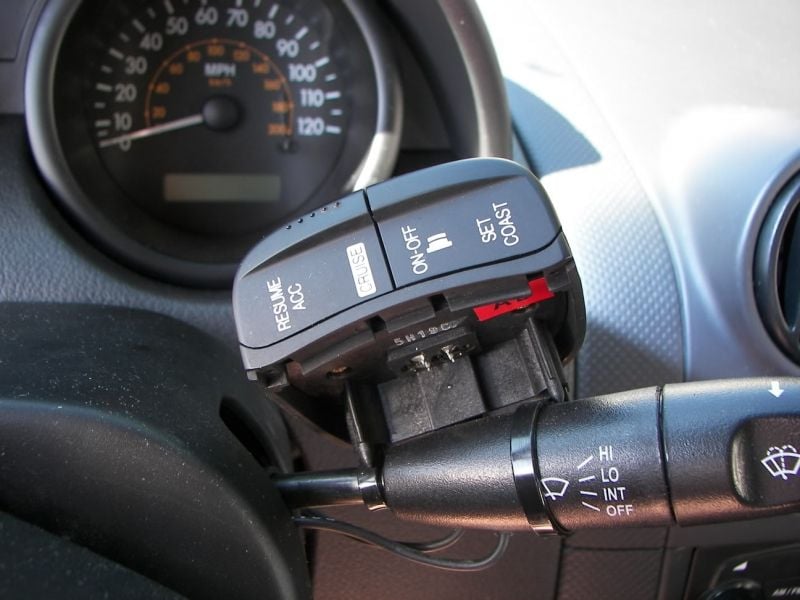
Step 4 – Check the operation of the vehicle speed sensor
This sensor reads the magnetic field interrupted by the spinning output shaft. It relays a varying voltage to the powertrain control module that is displayed on the instrument cluster as vehicle speed and RPM.
The sensor is located on the transmission on rear wheel drive trucks and on the transfer case on four wheel drive trucks.
When there is a problem with the sensor or the associated wiring, the gauge needles may become erratic or not move at all. This is usually accompanied by a MIL (malfunction indicator lamp).
A digital multi-meter or scan tool can be used to monitor the sensor's voltage level as the output shaft turns. The voltage level should oscillate from about 0.5-4.5 volts. A multi-meter must be set on the mix/max setting with both leads attached to the sensor terminals to record these fast changes.
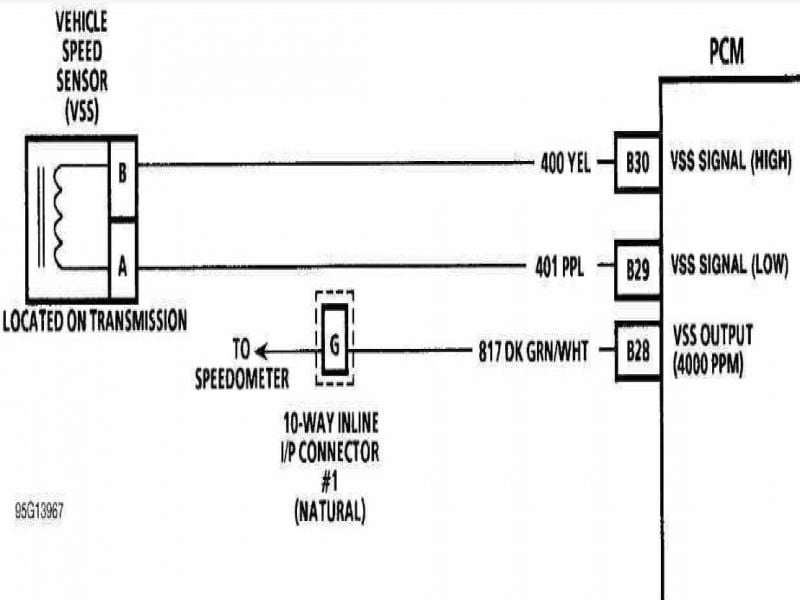
Step 5 – Update the computer module software
On November 13, 2009, a technical service bulletin (number 09-08-68-001) was issued that requested a software calibration. This was done to eliminate the problem of the cruise control shutting off due to high current demands from other devices.
To perform a software update, you will need to take your truck to a dealer or independent shop with a compatible scan tool.

Related Discussions and Video
- Chevy Silverado 1500 Cruise Control Problem - Chevroletforum.com
- Suburban LTZ Cruise Control Problem - Chevroletforum.com
- How to Replace a Brake Switch Chevy Silverado - Youtube.com

